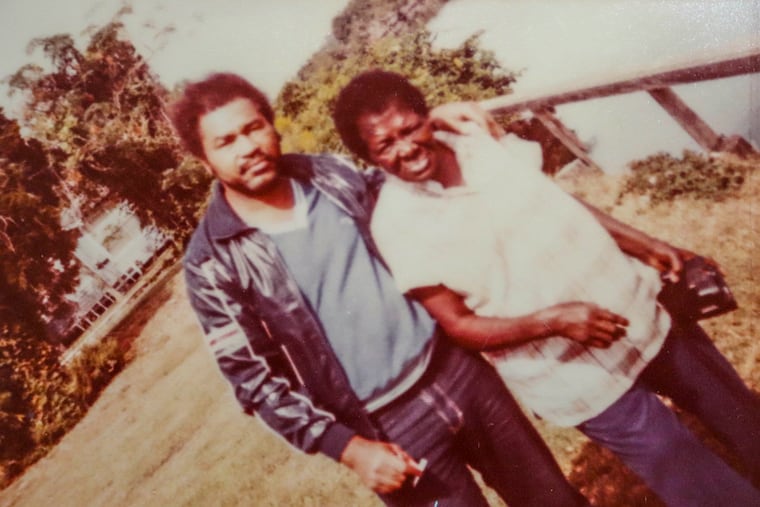Deadliest serial killer in American history dies at 80, with police still searching for his victims
Samuel Little, who confessed late in life to killing 93 people across 19 states, evaded justice for more than four decades, preying on women at the margins of society.

Samuel Little, the deadliest serial killer in American history, died Wednesday at the age of 80, with police around the country still searching for his victims.
Little, who confessed late in life to killing 93 people across 19 states, evaded justice for more than four decades, preying on women at the margins of society. He targeted sex workers, drug users and poor, mostly Black women whose murders authorities repeatedly failed to solve or struggled to prosecute.
Officials acknowledge that the vast majority of killings attributed to Little would never have been solved if he did not begin cooperating with authorities in 2018, while serving multiple life sentences in a California prison.
Police have spent more than two years using that information to reopen cold-case investigations, with uneven results. Nearly half of Little’s confessed victims remain unidentified, and his death could set back efforts to bring families long-denied closure.
Little was pronounced dead early Wednesday morning at a hospital, according to the California Department of Corrections and Rehabilitation. He was convicted of three murders in 2014 with the help of DNA evidence but maintained his innocence until 2018, when he began detailing decades of crimes to a Texas Ranger, boasting to investigators of avoiding “people who would be immediately missed.”
“I’d go back to the same city sometimes and pluck me another grape. How many grapes do you all got on the vine here?” he said in an interview obtained by The Washington Post in its three-part investigation of law enforcement’s failure to catch Little. Little said: “I’m not going to go over there into the White neighborhood and pick out a little teenage girl.”
Sixty murders have been definitively tied to Little, according to the FBI, which declined to comment after Little’s death. But law enforcement officials say the killer’s other confessions are credible, pointing to his memory for uncanny details. Little often struggled with dates or names but could recall precise scenes — the pattern of a sundress, a leg protruding from a shallow grave.
“We had one case where there was no physical evidence, but he talked about her last meal, which matched her stomach contents in the autopsy report,” said Angela Williamson, a Justice Department official who worked on Little’s case, in a previous interview with The Post. “This is information that no one is going to know.”
Some of Little’s killings were poorly investigated. One woman believed to be his likely victim, Mary Ann Jenkins, was found naked in 1977 but for jewelry; officials in Illinois incorrectly concluded that she had been killed in a lightning strike.
Other times, law enforcement arrested Little and built what they believed to be strong cases against him. Before his convictions in 2014, he was linked to at least eight sexual assaults, attempted murders or killings. But he escaped serious punishment time and time again, benefiting from a fragmented justice system that struggled to share information as well as the perceived unreliability of his victims.
In San Diego in 1984, for instance, police caught Little in the act. Searching for a suspected rapist, they found Little still zipping up his pants as he emerged from a car where a Black woman lay bloody, seemingly dead. The woman survived and testified against Little, along with another victim — but they were sex workers, and Little said he had beaten them amid a consensual transaction.
Jurors declined to convict Little on the most serious charges, and he spent less than two years in prison.
“I was devastated,” said Gary Rempel, who handled the case for the San Diego County district attorney’s office. “This is probably the worst guy I ever prosecuted.”
Rempel and a sheriff’s official in Florida say they tried to warn the FBI about Little in the 1980s, when authorities managed to connect Little to a string of murders in the South. But both men say they never heard back, and it is unclear what steps, if any, the FBI took to investigate Little while he was killing from 1970 to 2005.
The FBI has declined to address the matter further, citing its “long-standing practice not to confirm or deny inquiries regarding specific investigative matters.”
The Washington Post’s Mark Berman and Wesley Lowery contributed to this article.